Fort Galle Sri Lanka
 |
 |
 |
Galle Fort is one of the most interesting places in Sri Lanka - The sea side town of Galle is 116 km away from Colombo by road or rail, down the south west coast. Both route are picturesque, following the coastline closely for much of the way.
Today’s town has grown greatly and spreads into the hinterland but the fort is the slow-beating heart of Galle’s history. The walled city has stood since the early sixteenth century, through the colonial periods of the Portuguese, Dutch and British and in our present time is proclaimed as an Archaeological reserve and been identify as a UNESCO world heritage site.
The etymology of the name Galle is explained as probably a corruption of the Sinhalese gala: a cattle fold or posting-place from which the Portuguese named it point-de-Galle. The simpler and more popular theory is found in the similarity of the Sinhalese word: gala ,for rock , which the Dutch duplicated by adopting the Latin word: Gallus, for cock, They thus designed the coat-of –arms of the city as that of a cock standing upon a rocky perch.
The Portuguese took Galle from the Sinhala king in 1587 and erected the first fortifications a single wall fronted by a moat which extended from the sea to the harbor. The Dutch landed in 1640 with 12 ships and 2000 men under the command of Wilhelm Jacobs Costar who defeated the Portuguese after severe fighting and four day siege.
The Dutch later converted the Portuguese forta leza into a single bastion and built a formidable line of defense, ringing the walled town by ten bastions, which endure to this day. Akers loot Bastion is named after the birth place of costar, the Dutch commander who captured Galle. The name has been chiseled on a stone at the spot and also bears a date which however, has no bearing on the date of erection of the bastion. The grim old walls are a favorite promenade for Galle’s citizens and its visitors alike.
Threw the rolling streams of time and change, Galle still retains as few other towns in sri lanka an atmosphere of the past. The town was grazed with considerable civic amenities and military features. Two hundred years ago there was introduce a sstome water drainage system which prevented flooding in the fort , So sophisticated as to have g reat brick-lined , underground drains, which were automatically flushed twice a day by the tide. Despite the recent fce –lifts and new facades to many of the houses and the introduction of modern civic amenities like electricity, telephone systems, water and drainage services , the streets remain narrow and many are known by their original names such as LEYN-BAAN street, ZEEBERG street and MODERABAAY street. A peep into the old houses reveal them to be spacious and airy , with large , ornamental doors and windows , pillared verandahs and cool inner courtyards and gardens.
A monument of particular interest in the fort is the Dutch church dedicated in 1754. It was built on the site of a Portuguese capuchin Convert and on an earlier Protestant ,”Groote Kerk”, built in 1640. The Present Dutch church was erected as a thank –offering by Gertruyda Adrianna Le Grand, wife of the commander Gasparus de jong , for the long prayed birth of a son.
The church merits half an hour of the visitors time and perusal. With in is an organ loft which once held a cumbrous Dutch organ, hatchments on the walls and engraved tombstones on the floor . Of great interest is the orthodox pulpit, the finest specimen found in any church in sri lanka, hexagonal in shape and of finely grained calamander wood with panels of satin wood. Underneath the platform of the pulpit is an exquisite carving in “ pomegranete pattern” the sounding board is massive and suspended from the wall with iron rods and hoops.
The Dutch commanders residence or government house, Queens house in the British era , can be seen down the streets opposite the Dutch church which leads to the old gate. Over the doorway of this residence is a large stone slab on which is the date 1683, and the figure of a cock inscribed.
Another of the antiques of Galle, is the old main gate to the fort. The visitor should pause to study two stones let in to the walls over the entrance and exit of this gate way, which tells the story of the conquest of the old city. The lion and unicorn of the British court of arms is found over the outside arch and on the inside is a monogram of the Dutch east India company, a shield with the initials V.O.C. chiseled upon it and two lions supporting the crest: the date is 1669. On eighter side of this gate way are further legacies of Dutch trade in the east, old warehouses, called pack huts. A power magazine at point utrecht Bastion, bears the inscription: ‘A.J.Galle den 1st Zeber (September), 1787’.
Galle was handed over to the British in terms of a treaty signed in Colombo in February 1796. The preservation of the fort and the old town was maintain and continues to be of government concern to the present day. In contrast to the Portuguese and Dutch there are many British relics found in the town. Until the artificial harbor was built round the Colombo roadstead in the 1870’s, Galle was Ceylon’s chief port of call.
In 1873 a second entrance to the fort, now used more as the Main gate, Was opened between the moon and sun bastions. Gibbet is the name given to one of the small islands across the bay and is today part of the fisheries harbor, the dry docks and an inlet, where sailing yaths berth. Nothing best peaks the towns prosperity in British times as the splendid mansions – with the name closenburg, the gracious and specious bungalow built by the agent of the british shipping company, P & O :its roof trusses still display the P & O sunburst. Armitage Hill bungalow occupied a site rustically lovely out of Galle town.
The drive to baddegama is a delightful experience and leads out to the fine church consecrated in 1825, by Bishop Heber , Bishop of Calcutta. The church today is decorated in a purely indigenous style and at mass the Ceylon liturgy is said in Sinhalese, sung to Sinhalese music. The fine pillars of the nave , each a single piece of iron wood timber, should be noted and the view from the tower is worth the climb. Drive back through dodanduwa , visiting , if permission can be arranged , the Buddhist island hermitage in the rathgama lake , a retreat of infinite peace and beauty. Other drives worth taking from Galle are to the excellent sea bathing spot at watering point where a rill of fresh water ,once used by mariners ,runs down to the beach. There is a magnificent view of Galle. Of its bays and inlets, seen from the summit of this drive. Unawatuna bay provides safe swimming and snorkeling , protected as it is by a reef. Rumassala kanda is associated with the legend of the traditional ramayana story. When the worrier lukshman was wounded , a himalayan herbs was required for his cure and rama dispatched the Monkey –god human to fetch it. But human fogot the name of the herb, so to be on the safe side he tore off a hunk of the himalayas , carried it on his back and dumped it , where it now lies!
Galle is the sort of place from which one must take away a souvinior .The visitor may pick of galle lace ,handmade, like the Brussels or the honiton type. The shops of jewelers would enties the femail of the species ! Where but in galle may visitors plunge there hands in to a bucketful of limpid moonstones or the more precious and rare of gems, the blue sapphire or the ruby ! These can be beautyfully set according to the whim or wish of the byer.
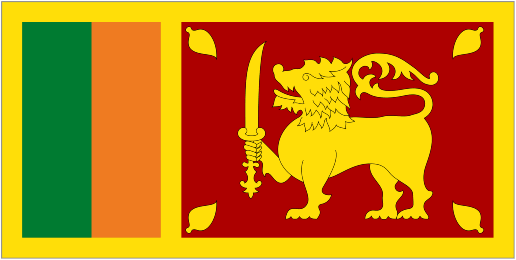
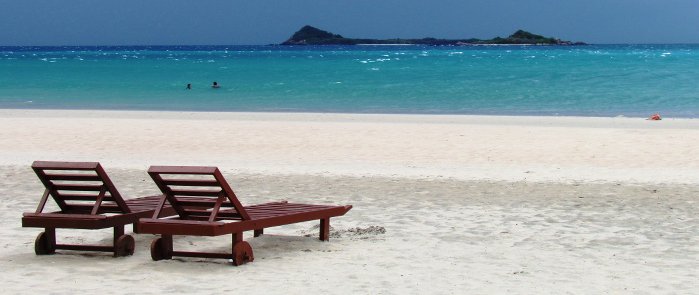
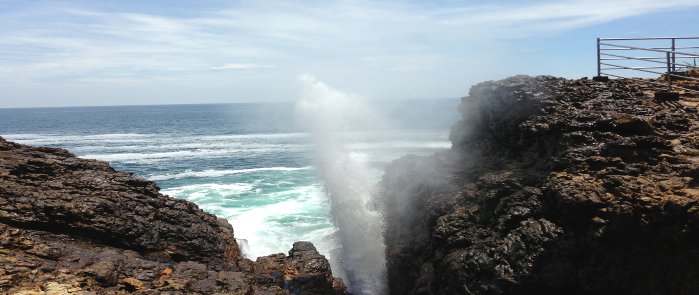
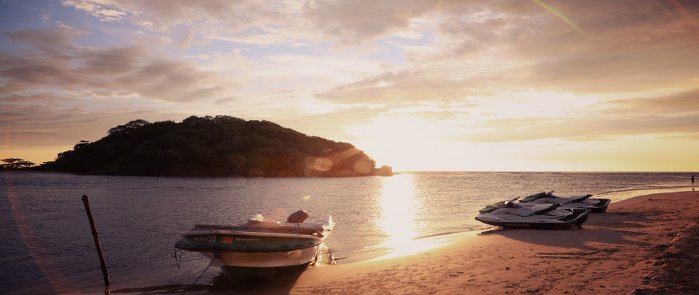
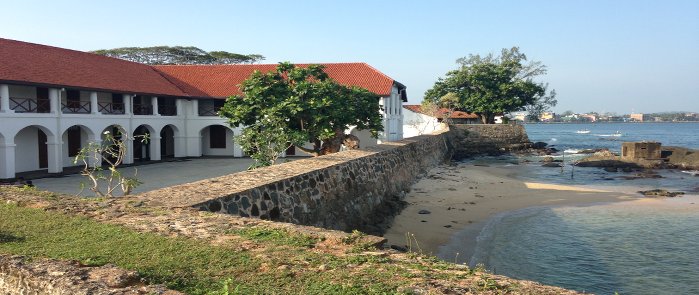
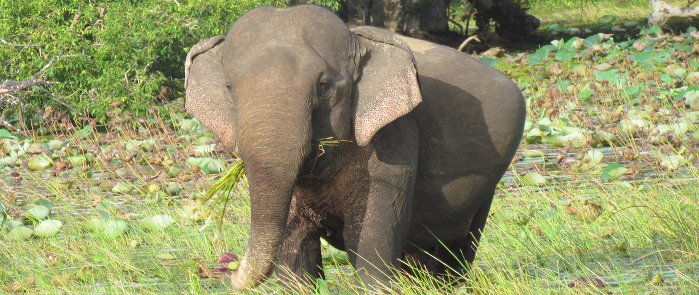
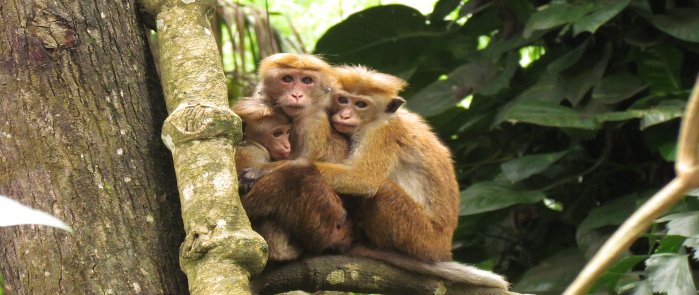
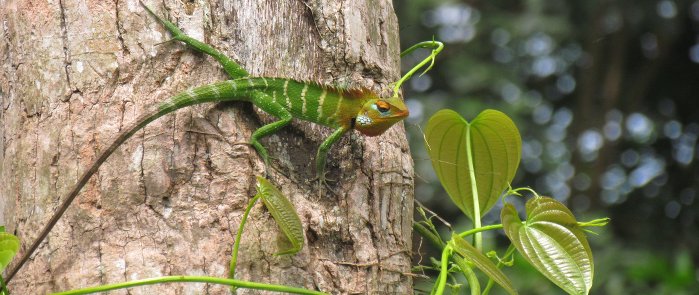
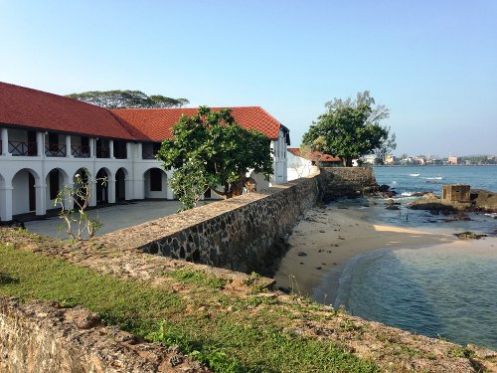


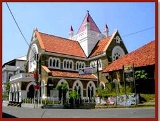
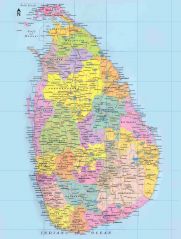
 Galle Fort
Galle Fort